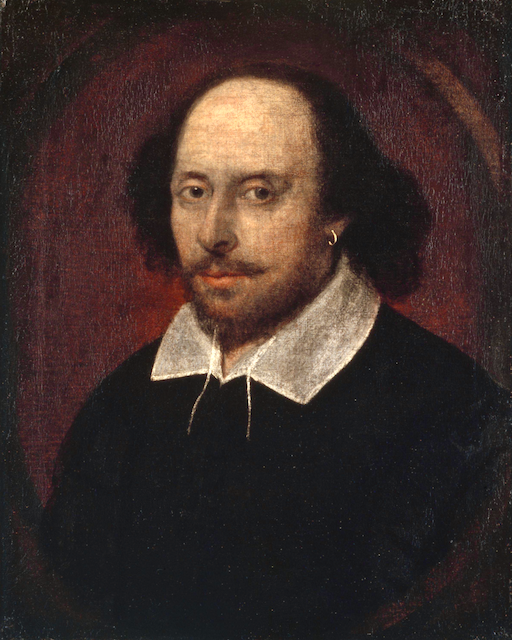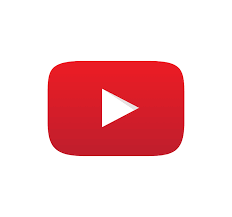Elements of Literature

—William Shakespeare, Hamlet
Alongside the genres, the basic categories of literature, we might recognize certain literary elements—the atoms that form the molecules of a literary work, to use an analogy.
In fact, “analogy” is an example of one of those elements. It is a figure. The elements of literature we will learn about here are: figures, diction, syntax, point of view, imagery, tone, and prosody.
Paying careful attention to these elements and using them to infer logical meanings is called close reading.
Understanding something as complex as a great poem or novel often depends on breaking it down into simpler parts before putting it back together.
Practice Close Reading
To close read successfully, focus on just one paragraph, sentence, phrase, or word at a time, and consider which literary elements are at play.
While figures, diction, syntax, point of view, imagery, tone, and prosody all shade into one another—all work together to convey meaning—it helps to think about the merits of each element separately in any given line, stanza, sentence, paragraph, passage, or book.
So, when you are reading lines from a poem or a passage in a story, go through each of the literary elements individually. See what you find out when you just think about point of view, for example. Write down your observations in the margin. Then move on to another element and re-read.
Moving through all seven literary elements, and writing down your observations, is how to close read. The process should make even the most complicated literary works much easier to understand.
Explore each of the elements of literature on this site—or in my series on YouTube—and learn to think like a reader.

